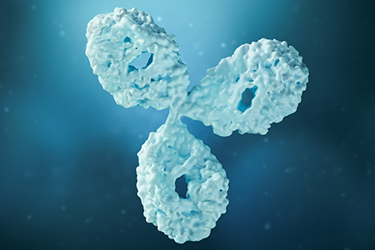Overcoming Method Transfer Challenges Between Your Lab And Contract Organization
By Brooke M. Koshel, David Dao, Robert E. Birdsall, and Ying Qing Yu

Because the lifecycle of biopharmaceutical products spans many years, it is critical that the analytical methods used to ensure product quality are robust and reliable. These methods further require that the instrument platforms and column chemistries used for analysis can deliver consistent results. In the biopharmaceutical space, size exclusion chromatography (SEC) and ion-exchange chromatography (IEX) are among the most common assays used to assess product quality of monoclonal antibodies (mAbs). As legacy methods are transferred between both internal and external laboratories, it is critical that these methods can be replicated, regardless of environmental factors that may differ between the sending and receiving laboratories.
Transferring methods between internal laboratories and external contract organizations is a key part of analytical development of biopharmaceuticals. The sending and receiving laboratories are faced with the challenges of each laboratory updating instrumentation on their own respective timelines as older instrumentation is phased out, as well as each laboratory having instrumentation from different vendors. Regardless of these differences, any data generated between the two laboratories must be demonstrated to be comparable. Although development and quality control laboratories may be slow to replace existing technologies, modern technologies can benefit legacy methods and future development activities as part of lifecycle management. The Arc Premier System was introduced as a modern UHPLC that can also support more routine assays traditionally run on HPLC platforms. Size exclusion and ion-exchange chromatography methods, two assays commonly used in quality control, showed reproducible results when migrating methods from an Alliance HPLC System. Differences in retention time and peak area percent were negligible between the two platforms, instilling confidence that the legacy method could be replicated successfully on the Arc Premier System. To further take advantage of the more modern UHPLC technology, column chemistries were also updated to achieve results that could be more reliably quantitated through improved chromatographic performance.
Get unlimited access to:
Enter your credentials below to log in. Not yet a member of Cell & Gene? Subscribe today.
